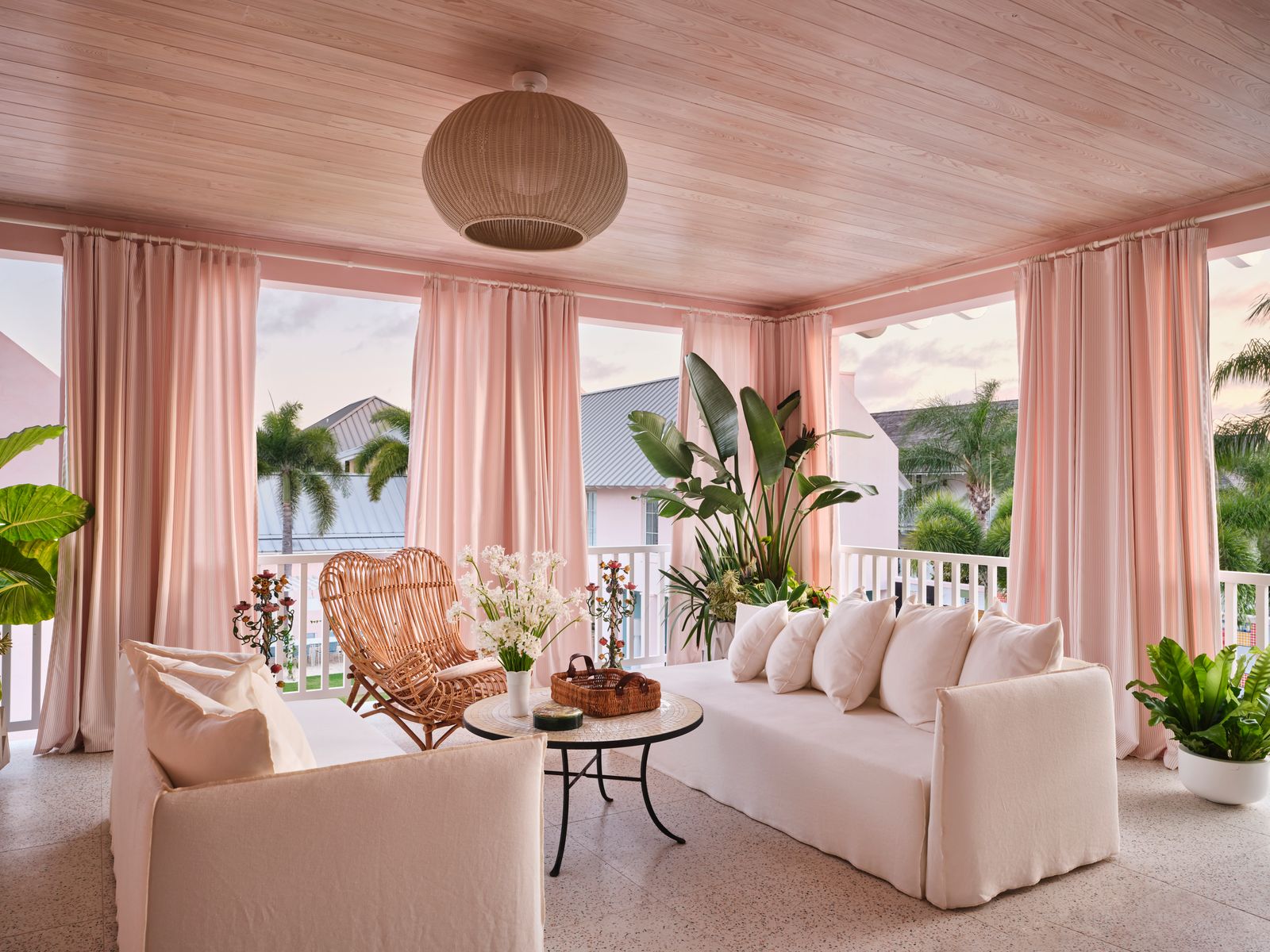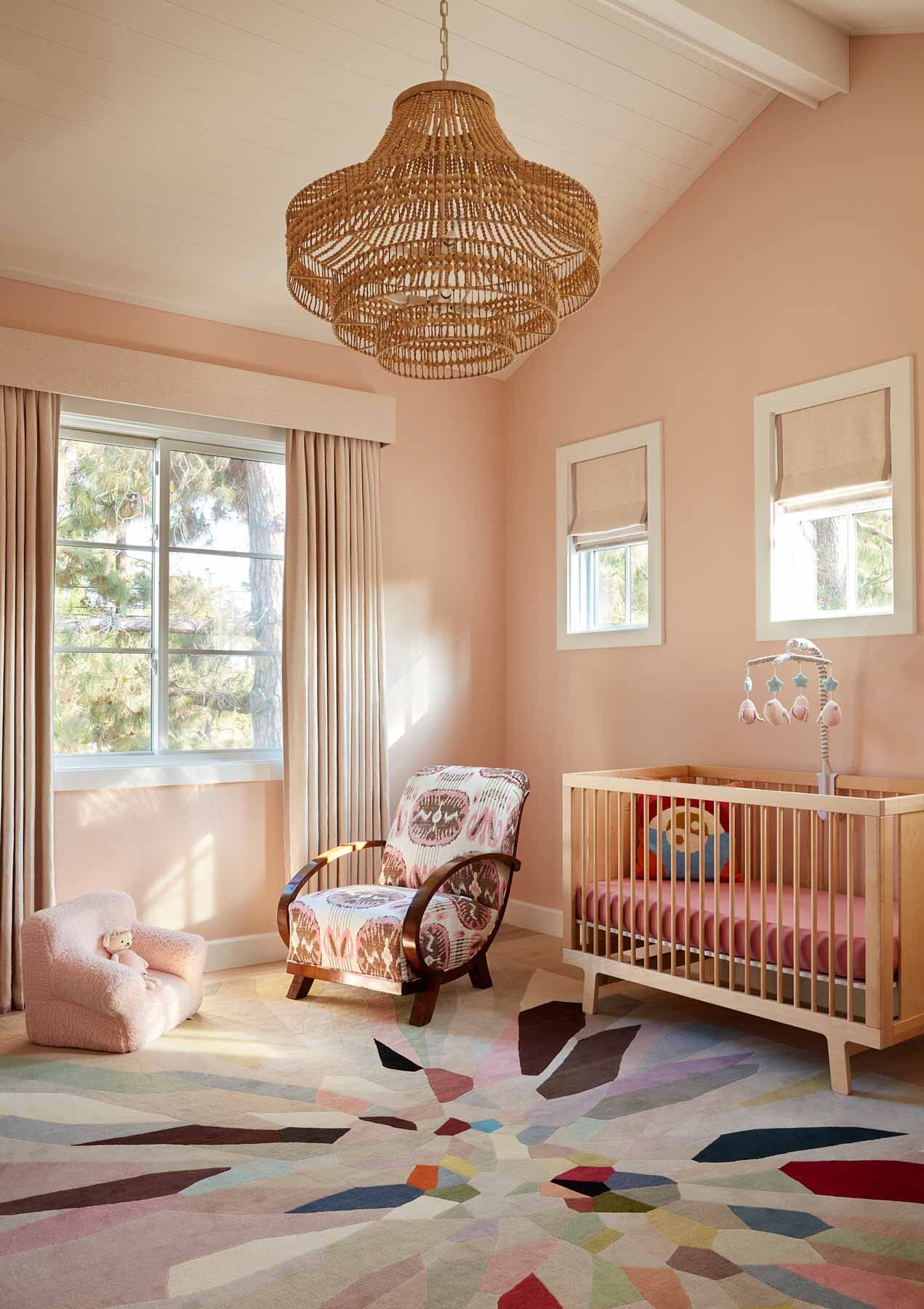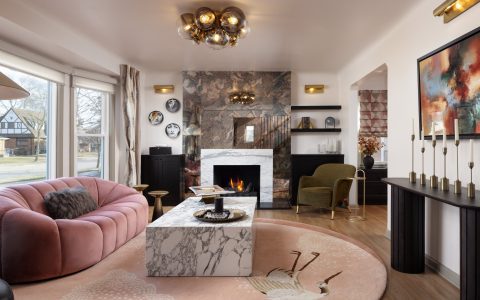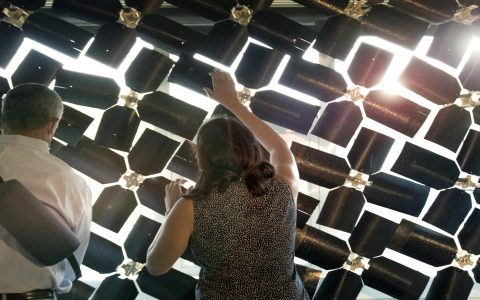Light pink interior design continues to evolve, moving beyond cliché into sophisticated spaces. Explore the latest movements shaping modern blush aesthetics.
Trend 1: New Blush & Soft Coral
Move past millennial pink. Embrace nuanced shades like "new blush," offering a slightly deeper, earthy warmth, and subtle soft coral tones for a sophisticated, calming palette.
Trend 2: Tonal Monochromatic Layering
Create depth within light pink schemes. Layer varying intensities, from pale dusty rose to deeper clay pinks, across walls, furniture upholstery, and rugs alongside abundant whites and creams for balance.

Trend 3: High-Contrast Pairings
Elevate light pink with striking juxtapositions. Deep charcoal, hunter green, rich chocolate brown, or matte black accents add drama and grounding. Terrazzo with dark chips complements this look perfectly.
Trend 4: Textural Pink Play
Prioritize texture over saturation. Incorporate light pink through materials: bouclé wool sofas, linen curtains, raw plaster walls, smooth marble countertops, and velvet cushions to create visual and tactile richness.
Trend 5: Grounded Minimalism
Integrate light pink within minimalist frameworks. Use it sparingly on a single curved sofa, sculptural pendant light, or painted ceiling against a backdrop of warm neutrals like oak and rattan for quiet elegance.
Trend 6: Retro Revival with Terrazzo
Merge soft pink with nostalgic materials. Feature terrazzo surfaces containing pink and white chips, particularly on countertops, splashbacks, or side tables, paired with streamlined mid-century modern shapes.
Trend 7: Sustainable Pink Materials
Seek eco-conscious pink elements. Utilize naturally pink-hued materials like clay plaster, sustainable wood finishes with pink undertones (e.g., stained cherry), recycled glass tiles, and natural fiber rugs with pink weft.

Key Consideration:
- Always balance light pink with grounding neutrals and contrasting elements.
- Focus on sophisticated material textures to avoid overwhelming sweetness.
- Less is often more – use pink strategically as an accent or tonal layer.





